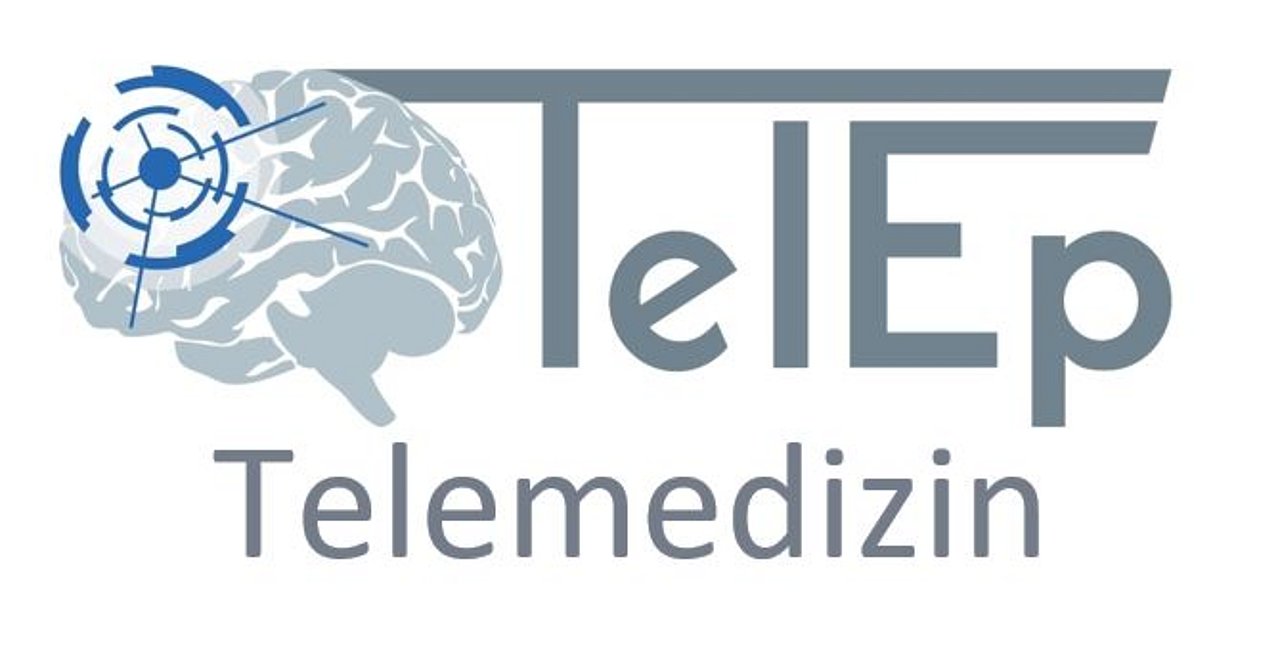| Biomagnetism | The brain produces very weak magnetic fields which are recorded and analysed by an extremely sensitive high-performance recording device, the MEG. |
| Driver's license | Due to their seizures, many epilepsy patients must give back their driver's license. After successful treatment, it is possible to regain your driver's license. |
| Drug-resistant | If a form of epilepsy is drug-resistant, the medication taken does not treat the disease effectively. It is estimated that approximately 30% of all epilepsies are drug-resistant |
| EEG | Electroencephalogram; recording the brain waves and visualising them in curves. |
| EEG electrodes | Small metal plates which record brain waves during EEG; they are attached to the scalp. |
| Emergency card | The international epilepsy emergency card was developed by support groups together with the Epilepsy Centre. You can order it here online. |
| Epilepsie | A neurological disorder in which the nerve cell activity in the brain is disturbed by uncontrolled electrical discharges. Prominent symptoms are seizures or unconsciousness. |
| Epilepsy surgery | Epilepsy therapy by means of neurosurgery. |
| Epileptology | Specialist field in neurology which deals specifically with diagnosing and treating epilepsy. |
| Invasive EEG recordings | Measuring brain waves directly on the brain surface. For invasive recordings, the top of the skull must be opened to be able to attach the electrodes to the brain surface (implantation). |
| MEG | Magnetoencephalography is a diagnostic method which measures the brain's magnetic fields. |
| Monitoring | Recording and analysis of seizures; see video-EEC monitoring. |
| MRT | Magnetic resonance imaging is an imaging technique which can be used to investigate the brain's structure |
| MST | Multiple subpial transection; surgical technique used to cut nerve fibres in the grey matter if the focus is located in an eloquent area; prevents seizures from spreading to neighbouring areas. |
| Neuropsychology | Neuropsychological examinations serve the purpose of identifying the epileptic focus, determining individual benefits and risks in the case of surgery and planning the follow-up examinations after surgery. |
| PET | Positron emission tomography; a procedure for visualising metabolic processes. |
| Pregnancy | During pregnancy, patients suffering from epilepsy require special care. It must be ensured that seizures are kept to an absolute minimum while exposure to antiepileptic drugs is as low as possible. Before and during pregnancy, it is strongly recommended to consult an epilepsy outpatient clinic which has special expertise. |
| SDA | Simultaneous double image recording of patient's EEG and behaviour (SDR); also referred to as video-EEC monitoring. |
| Social work | Patients have access to support and advice after surgery. Our social worker can assist you with professional reorientation or any concerns related to social law. |
| SPECT | Single photon emission computed tomography; a procedure for visualising blood flow in the brain. |
| Spektroskopy | Proton MR spectroscopy is a non-invasive magnetic resonance imaging procedure which can detect metabolic changes in the epileptogenic focus area. |
| Tonic-clonic seizure | Seizure event, initially accompanied by unconsciousness, (tonic) tensions and stiffening of the muscles in the entire body, followed by (clonic) twitching of arms and legs, often causing the person to fall down. Also referred to as a 'grand mal' seizure. |
| Video-EEG monitoring | Simultaneous recording of EEG curves and the patient's externally visible behaviour. It is aimed at registering epileptic seizures to analyse how clinical symptoms relate to EEG changes. It provides decisive information for localising the epileptic focus. |
| WADA test | Neuropsychological testing while one hemisphere is temporarily numbed. In this way, it is possible to isolate and test the performance of the hemisphere which is awake. The Wada test shows how special functions are distributed between the two hemispheres. |




